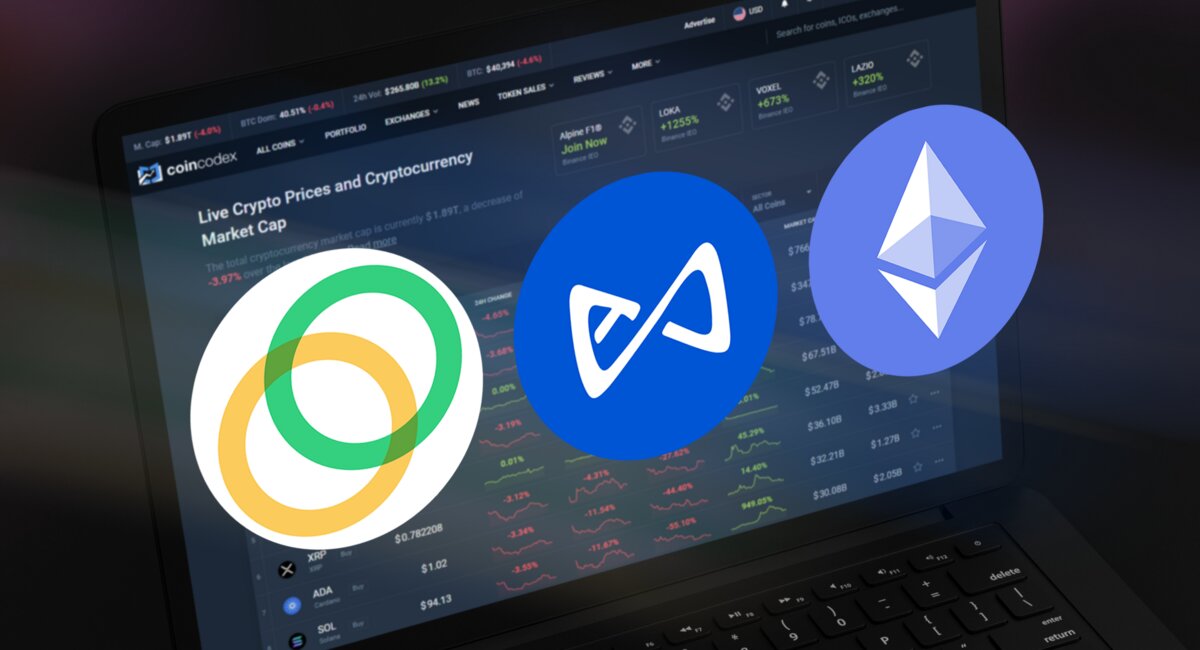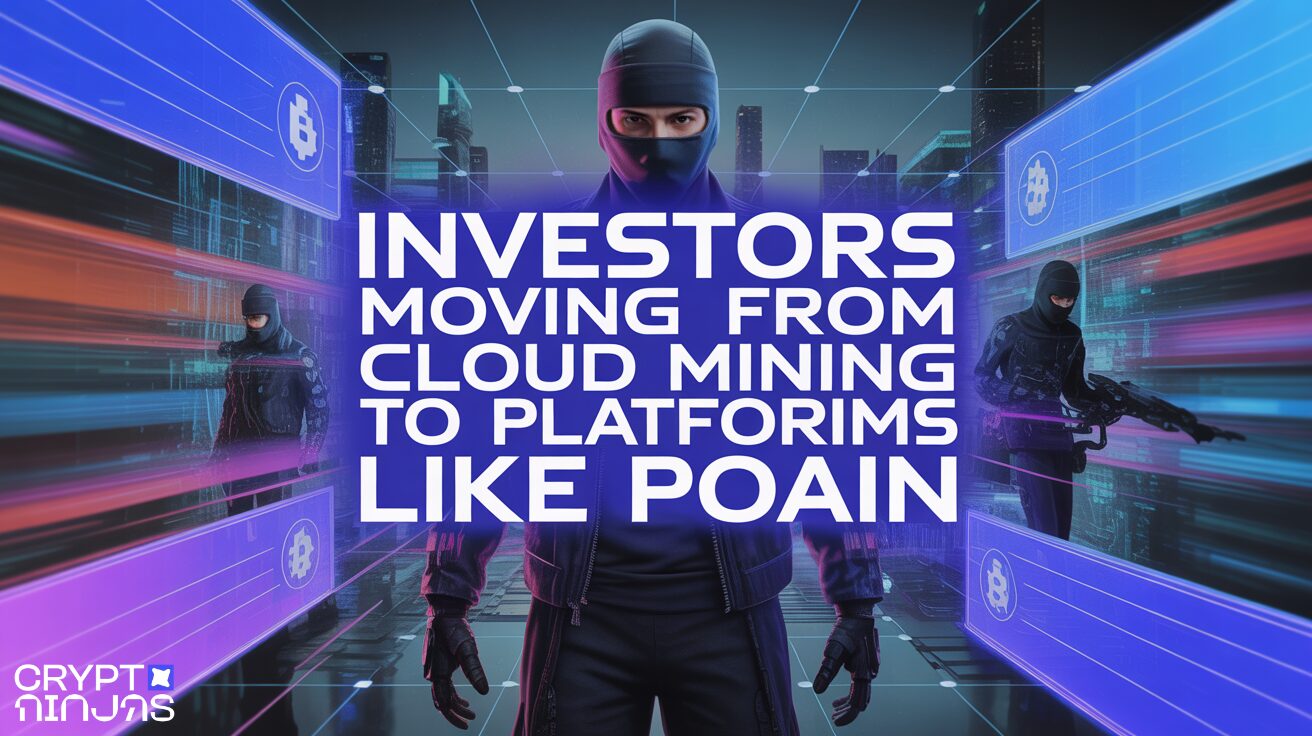
As we make our way further into December, the crypto markets are still in an uncertain position. However, that doesn’t mean that teams haven’t been busy with building—Let’s take a look at three crypto and blockchain projects that will be especially interesting to follow this week.
3. Celo (CELO)
Celo is a blockchain platform that’s focused on mobile device users and bringing the benefits of DeFi to a wide audience. Celo uses Proof-of-Stake to provide a scalable platform where users can transact with digital assets at a very low cost. The platform’s native token CELO is used in staking and governance, but Celo also has a number of stablecoins pegged to the price of various national currencies. Celo also boasts EVM compatibility, which means that Ethereum developers can easily port over their decentralized applications to Celo and use popular Ethereum development tools to build on the platform.
Why Celo? Celo integrates the LayerZero interoperability protocol
The blockchain interoperability protocol LayerZero is now live on the Celo mainnet. This integration helps connect Celo to a host of different blockchain platforms, including EVM-compatible and non-EVM blockchains. According to the Celo team, the integration will provide a number of benefits for Celo users for users that are interested in cross-chain use cases. The LayerZero protocol can be a much safer approach to blockchain interoperability than typical bridging solutions, which have been prone to exploits.
This just in! ?@LayerZero_Labs live on Celo mainnet, connecting the Celo ecosystem to LayerZero’s 13+ EVM blockchains and other non-EVM blockchains.
?⬇️ pic.twitter.com/ab6ZKw2SVr
— Celo (@CeloOrg) December 8, 2022
LayerZero also improves the cross-chain user experience, as users only need to hold the token of the source chain to pay for transactions—this is possible because of LayerZero’s gas abstraction functionality.
2. Axie Infinity (AXS)
Axie Infinity is a video game where users collect and breed unique creatures called Axies, which can be assembled into teams and used to battle other players. Axies are represented by NFTs, which can be sold on marketplaces to other players. This feature, combined with the ability to earn Smooth Love Potion (SLP) tokens during gameplay, makes Axie Infinity one of the main representatives of the Play-to-Earn genre. Axie Infinity Shards (AXS) is a token that serves a variety of purposes in the Axie Infinity ecosystem. AXS serves as currency in the Axie Infinity NFT marketplace, powers the game’s player governance process, and can also be staked for additional rewards.
Why Axie Infinity?
The Axie Infinity team is making strides towards decentralizing the Axie Infinity ecosystem. On December 5, the Axie Infinity team announced the Axie Contributors program, with 700 community members being selected for the first season. Members of the program will be encouraged to experiment with community governance, and engage in discussions with Town Builders on how to best improve the Axie Infinity ecosystem.
The team has also announced Axie Core, which will provide additional features to Axie Infinity, including the ability to adorn Axies with cosmetic accessories, upgrade parts of Axies, enhancing the Axie breeding mechanic and more.
This helped spark a rally in the markets for AXS, providing a much-needed boost after the token was stuck in sideways trading mode after the crypto market sell-off triggered by the collapse of FTX. The AXS rally peaked at a price of around $9.40 and corrected towards the $8 level. At the time of writing, however, the token is still retaining a sizeable portion of its gains.
1. Ethereum (ETH)
Ethereum was launched in 2015 and it was the first blockchain to introduce smart contracts and decentralized applications. Throughout the years, Ethereum has managed to sustain its position as the leading blockchain platform for smart contracts, and the market capitalization of its native asset ETH is second only to BTC.
The Ethereum blockchain has enabled several blockchain-powered innovations, including DeFi, NFTs, token sales and DAOs. Ethereum was originally secured through Proof-of-Work, but the network has transitioned to a Proof-of-Stake consensus mechanism as of September 2022. The Proof-of-Stake consensus, combined with other improvements like sharding and layer 2 solutions, is expected to offer much stronger scalability in the future than the current iteration of Ethereum.
Why Ethereum?
It looks like users will be able to withdraw their staked ETH sooner than expected, as Ethereum developers have agreed on targeting March 2023 as the time frame for the Shanghai upgrade. The upgrade will include the EIP-4895 proposal, which will make it possible for staked ETH to be withdrawn.
In addition to EIP-4895, the Shanghai upgrade could also include a set of improvements that will upgrade the Ethereum Virtual Machine by implementing the EVM Object Format (EOF). However, developers say that they will be prioritizing the withdrawals of staked ETH, and that the EOF implementation will be pushed back if it turns out to be to complex to implement by the March 2023 time frame for the Shanghai upgrade.
Following Shanghai, we can expect another upgrade for Ethereum in the fall of 2023. The upgrade is expected to introduce the upgrade EIP-4844, which entails the “Proto-Danksharding” scalability improvement.







